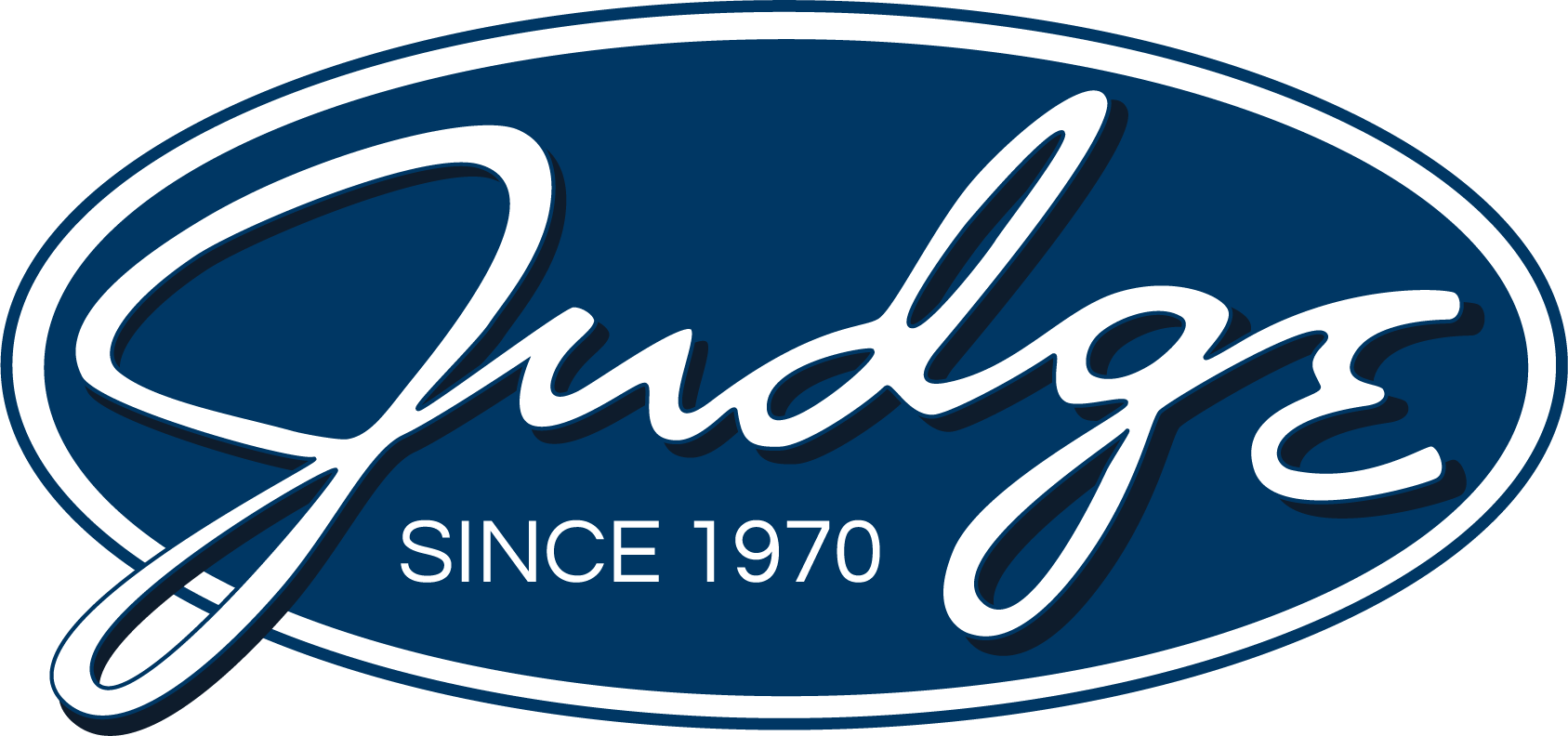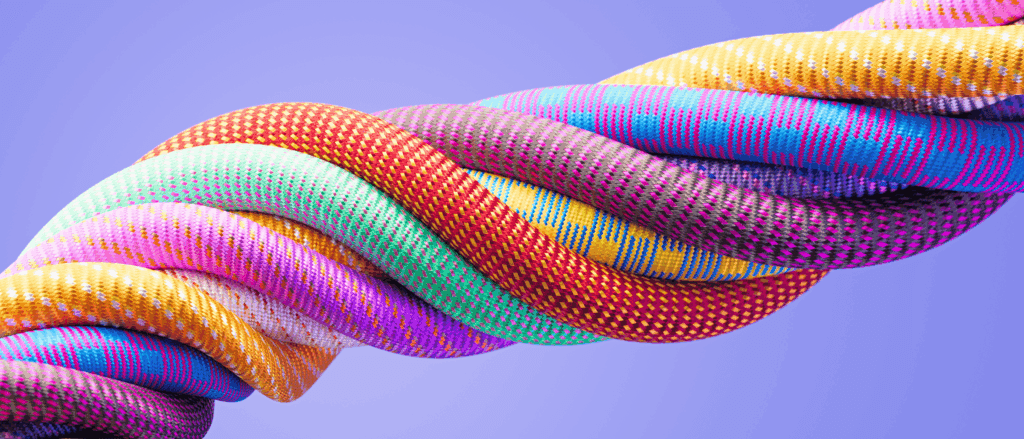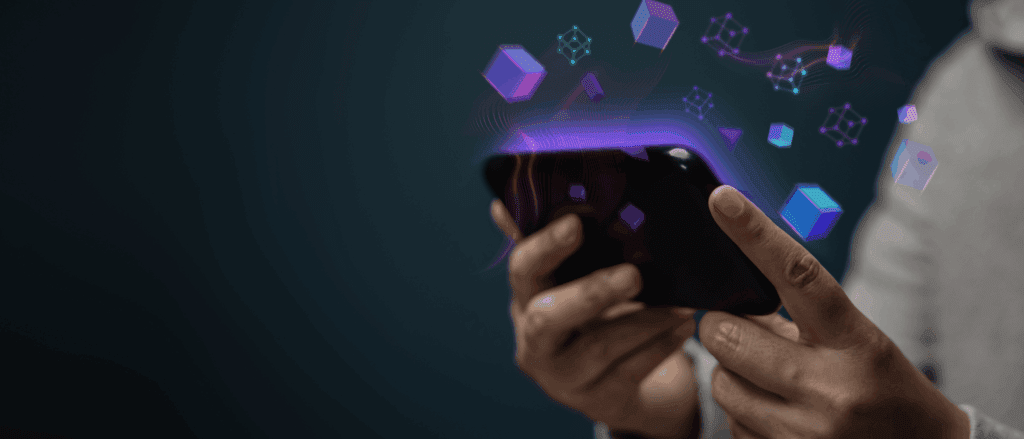The Art of Engagement: Finding UI/UX and Digital Design Talent in a User-Centric World
Users don’t complain about bad design — they bail. There’s no angry email explaining why your checkout process confused them or why they ditched your app after two minutes. They simply find something that works better. Yet despite design becoming make-or-break for user retention, most companies still hire designers the same way they did in 2013, focusing on polished portfolios and flashy titles instead of digging into how someone actually solves problems.
I’ve seen firsthand how the bar is rising and what separates the companies top designers want to work for from the ones they ghost.
1. Start with the problem, not the title
Job titles in the design world are notoriously fuzzy. UX designer, product designer, interaction designer, visual designer — there’s overlap, and definitions vary across companies.
Before you name the role, name the need. What are you actually trying to solve?
- A confusing user onboarding flow?
- An outdated user interface?
- A confusing data visualization?
Once the goal is clear, the type of designer you need becomes a lot easier to define. Focus first on the outcome, then reverse-engineer the role.
2. Understand the industry context
User-centricity is universal, but different industries bring unique constraints and expectations. A designer who thrives in e-commerce may not be the right fit for a pharmaceutial platform, and vice versa. In regulated industries, accessibility and compliance are top priorities. In entertainment or gaming, cultural fluency and immersive thinking matter more.
Tailor your hiring criteria to reflect those nuances. Yes, you should look for strong portfolios, but also look for designers who understand your users and the environment they operate in.
3. Prioritize portfolios that tell a story
When reviewing portfolios, look for depth in addition to deliverables. The strongest candidates explain the problem they were solving, their role in the process, how they collaborated with others, and how they measured success.
It helps to treat the portfolio as a case study. Visual skills are table stakes. The real differentiator is how candidates process information, explain their decisions, and navigate design challenges. Candidates who can articulate the “why” behind their work are more likely to bring strategic value to your team.
4. Don’t let the process kill your momentum
In a competitive market, a drawn-out or disorganized hiring process will cost you great candidates. Top candidates are often interviewing elsewhere. Long timelines and unclear steps don’t signal “thoroughness,” they signal indecision. Aim for:
- Three to four rounds of interviews max
- A clear explanation of what to expect at each stage
- Timely follow-ups and decisions
Panel-style interview formats can accelerate decisions while also giving candidates insight into team dynamics. Panel interviews help reduce bias by allowing multiple stakeholders to assess the same conversation in real time.
5. Structure the interview
Design interviews can easily veer into subjectivity. One manager loves minimalism; another prefers bold visuals. Without structure, hiring decisions can become about personal taste rather than capability.
To avoid this, establish a consistent evaluation framework. Decide in advance what competencies matter most — problem-solving, user empathy, technical tools, collaboration — and create standardized questions or exercises that assess those areas. A shared rubric keeps everyone aligned and candidates on equal footing.
6. Be flexible on location when you can
Understandably, some roles need to be local, as security, compliance, or client-facing work might require it. However, if the role can be hybrid or remote, widening your geographic reach could be the difference between hiring “good enough” and hiring great.
This is especially true for niche or emerging design roles like AI interaction designers, accessibility specialists, or behavioral UX strategists. The best candidate for your team may not live near your headquarters. If you can flex on location, do.
7. Partner with recruiters who speak design
The creative space is nuanced. If your recruiting team doesn’t understand the difference between UX and visual design, or why storytelling in a portfolio matters, it’s easy to miss strong candidates or misalign expectations.
Work with recruiters who specialize in creative and marketing talent. They can help you refine your role requirements, ask the right questions, and present candidates who are not only qualified, but contextually aligned with your goals.
Design Is Strategic. So Is Hiring for It
If your digital experience is clunky, your users will notice. If your hiring experience is clunky, your candidates will notice. You don’t need to reinvent the wheel to hire great design talent. You just need to get a few fundamentals right:
- Be clear about the problem you’re solving
- Respect the craft and process of design
- Move fast, but intentionally
- Partner with people who know the space
The ability to hire exceptional design talent is quickly becoming a competitive advantage in itself. Companies that get it right will be the ones shaping the future of digital experience.
About the author:
Kirstie is a Sr. Creative Recruiter with 7 years of experience in staffing but 9 years in overall recruitment. She started with Judge during Q3 of 2023 and has been a key contributor to breaking into new accounts in the creative industry. She supports mainly in creative and marketing but is highly specialized in design, particularly in the UX space. Her superpower is finding the ideal designer for any client in any industry. She has been a guest speaker for UX Ghana and Twin Cities Startup Week. When she is not recruiting, she is spending her time keeping up with the latest trends in anime and Korean entertainment, volunteering her time with a non-profit DEIC organization, and learning product design.





